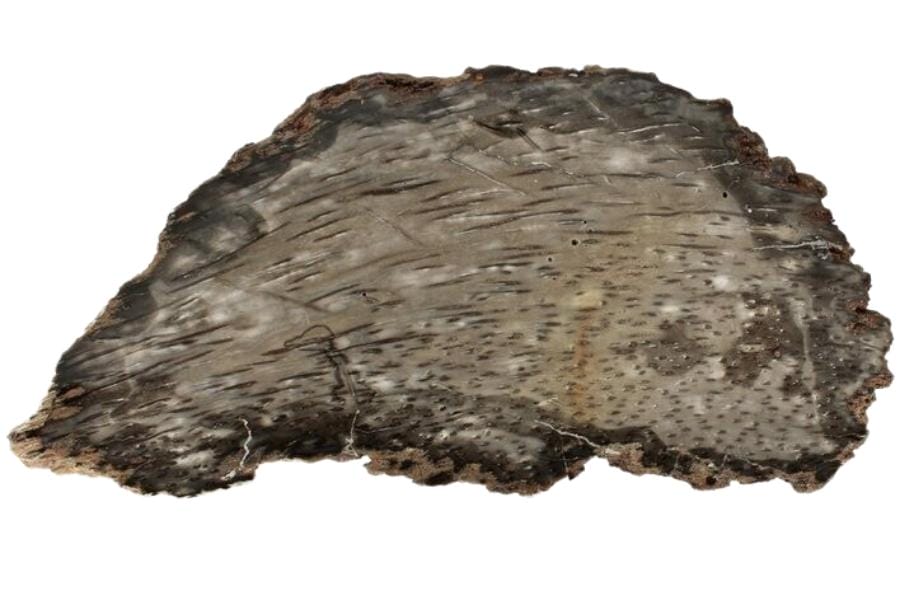Imagine walking along the rivers of Louisiana, finding a rock, and discovering it’s not just any rock—it’s a fossil from an animal that lived millions of years ago! That’s the thrill of hunting for fossils in this state.
While Louisiana’s wet and muddy terrain can make fossils harder to come by, you’d be surprised at what’s hidden beneath your feet.
Every fossil has a story, a journey through time preserved in rock. They show us a once-underwater Louisiana or home to animals that we can only dream of now.
This article takes you on a journey through time, uncovering the ancient secrets beneath Louisiana’s surface!
The Fossils Of Louisiana You Can Find
The variety of fossils in Louisiana is like going on a trip through Earth’s history. It’s a fossil hunter’s dream because it has a varied landscape and a long geological history.
You can read our full guide to rockhounding in Louisiana to find out more about the cool rocks and minerals that you can find here.
- The extensive local experience and understanding of our team
- Input from multiple local fossil hunters and fossil groups
- The accessibility of the various locations
- Safety and potential hazards when collecting
- Private and public locations
- A desire to include locations for both experienced fossil lovers and those who are just starting out
Using these weights we think we’ve put together the best list out there for those who love finding great new fossils for our collections!
Common Louisiana Fossils
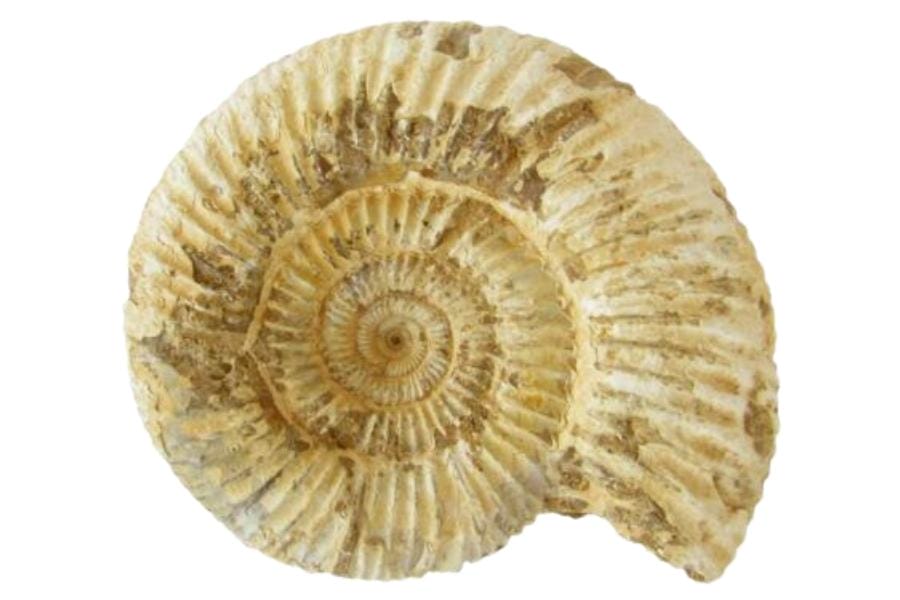
An amazing range of fossils can be found in Louisiana. Here are a few of the most common fossils in the state:
- Corals and crinoids
- Ice age mammal bones
- Marine shells
- Petrified wood
- Shark teeth
Louisiana State Fossil – Palmoxylon
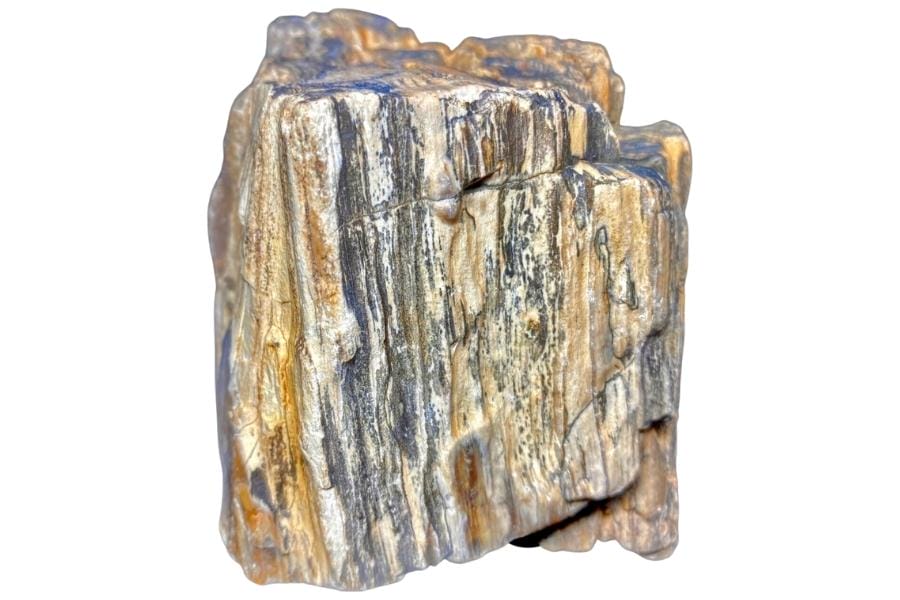
In Louisiana, you can find palmoxylon fossils, the petrified remains of ancient palm trees. These fossils show that the climate in the area used to support lush, subtropical forests.
Fossils with unique rod-like shapes and dot patterns reveal important details about the landscape and climate of prehistoric times, showing that it was warmer and wetter millions of years ago.
Palmoxylon, mostly found in Louisiana’s gravel beds and sedimentary deposits, signifies the state’s long ecological history.
Rare State Fossils
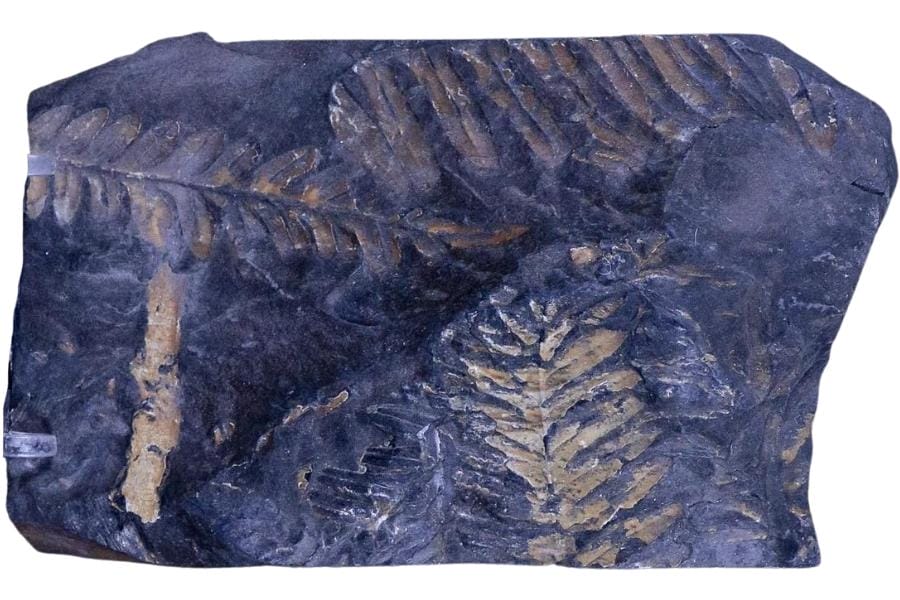
These are some of the rarest and most valuable fossils found in Louisiana. This is what you should look for when you explore:
- Ancient plant fossils
- Dinosaur remains
- Pleistocene megafauna
- Prehistoric marine reptiles
The Best Places To Find Fossils In Louisiana
We will talk about the best place in Louisiana to find fossils. We will only talk about the options we believe are the best, even though there are many. There are fun things to do and beautiful rocks and minerals to find in these places.
Always Confirm Access and Collection Rules!
Before heading out to any of the locations on our list you need to confirm access requirements and collection rules for both public and private locations directly with the location. We haven’t personally verified every location and the access requirements and collection rules often change without notice.
Many of the locations we mention will not allow collecting but are still great places for those who love to find beautiful rocks and minerals in the wild without keeping them. We also can’t guarantee you will find anything in these locations since they are constantly changing.
Always get updated information directly from the source ahead of time to ensure responsible rockhounding. If you want even more current options it’s always a good idea to contact local rock and mineral clubs and groups
Atchafalaya River
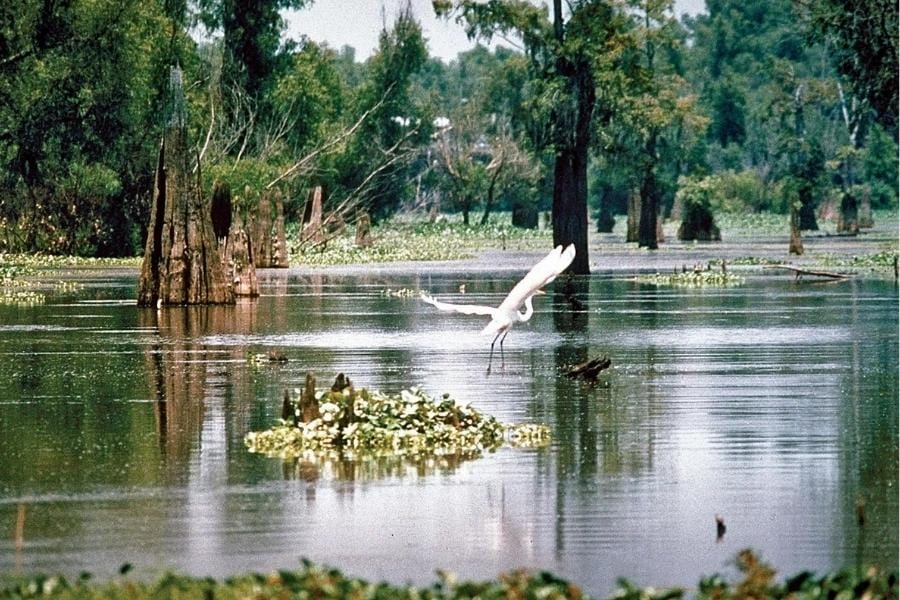
The 135-mile Atchafalaya River in Louisiana is a unique Mississippi and Red Rivers tributary. It has a rich ecosystem and a unique geological history.
The Atchafalaya Basin, made up of marshes, bayous, and backwater lakes, is the largest wetland and swamp in the United States. This river is an integral part of it.
Fossil hunters find the Atchafalaya River very interesting because its path is constantly changing, and sediment is naturally being deposited.
The river has moved sediments and living things from many different areas and dumped them along its banks and the Atchafalaya Basin.
These deposits, along with the natural forces of water flow and the buildup of organic matter, make an environment good for fossils to form.
Where and what to find fossils at the Atchafalaya River
The Atchafalaya River Basin, with its unique ecosystem and geological history, has deposited various fossils from different periods. Potential fossil finds include Pleistocene megafauna, shark teeth, marine fossils, and mammalian bones.
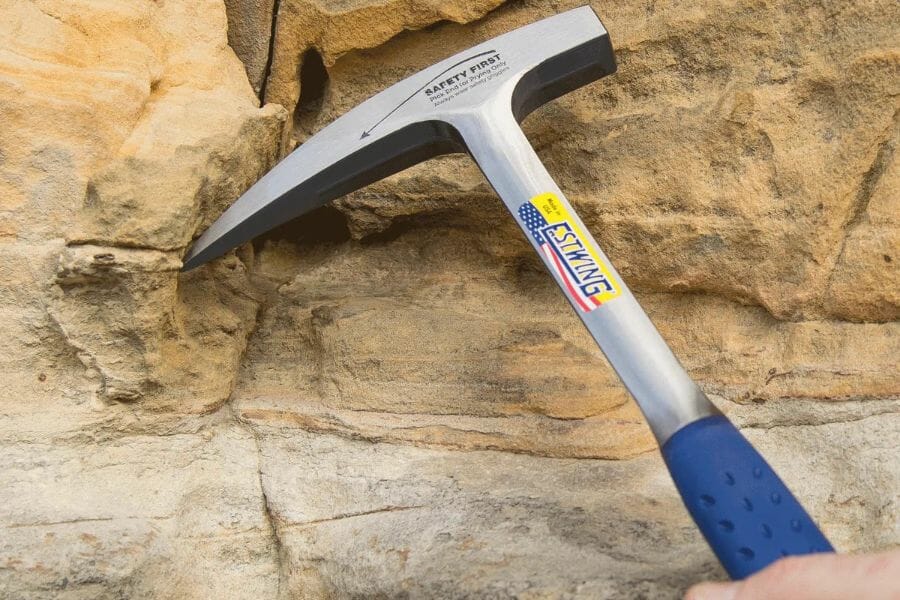
The tools every fossil hunter will need
When you're out looking for fossils having the right tools for the job is really going to make or break your success. You don't need a lot for most trips but there are a handful that are critical and will make your life a lot easier.
We get asked a lot about the equipment we use. Over the years we've found a handful of tools that we recommend to both new and experienced fossils hunters which we outline in great detail in our complete rockhounding tools and kit guide. These are quality options that also happen to be relatively inexpensive.
Below are the basic tools that make your life so much easier and save you a ton of time. Check out the full guide to see everything we recommend bringing. One quick note, as an Amazon Associate I earn from qualifying purchases but we try very hard to only recommend gear we would use ourselves and often recommend brands you can't find on Amazon.
At a minimum you should have:
1 - Sturdy rock hammer: The Estwing Rock Pick is our standard
2 - Rugged chisels: Try Kendo' 3-piece Chisel Set
3 - Compact shovel: The Koleiya 28-inch shovel works well
4 - Rock screen pan: The Wazakura Soil Sieve Set fits the bill
5 - Eye protection: DeWalt Safety Glasses are cheap and comfortable
6 - Head protection: Malta's Safety Helmet has been our go-to
7 - Jewelers lens with at least 20x magnification: Jarlink's Jewelers Loop is perfect
The fossil-finding books that we use most
There are also a few books that have been extremely helpful in the search for gems. These books have great recommendations and tips:
National Audubon Society Field Guide to Rocks and Minerals: North America
Southeast Treasure Hunter's Gem & Mineral Guide
Earth Treasures: The Southeastern Quadrant
We provide links to find these tools on Amazon but some can also be found at your local hardware stores. For more recommendations check out the link to our full tool guide above.
Grand Isle
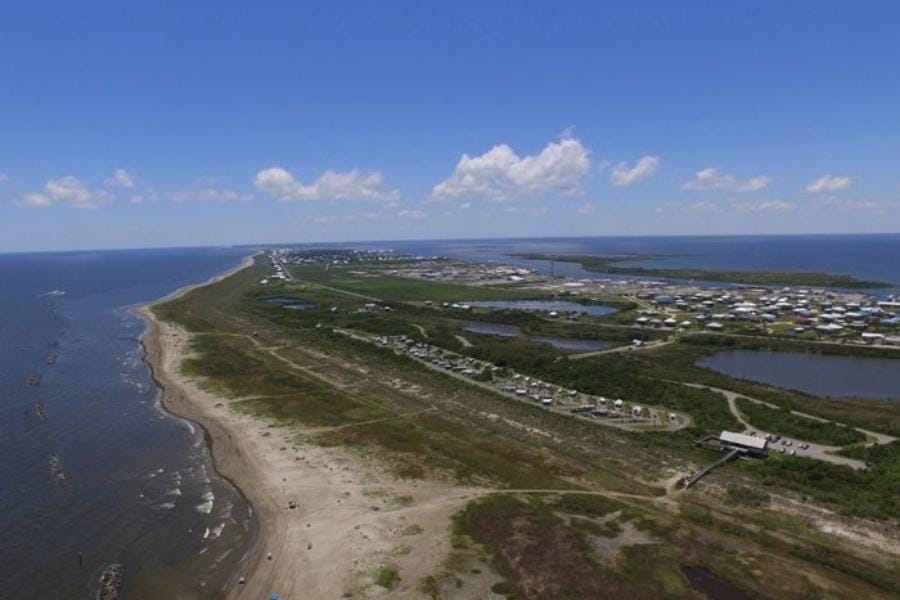
The island’s geology is always changing because of how the coast works and how much sediment comes in from the Mississippi River. This means that the island is home to many different types of sedimentary deposits.
Finding fossils is especially easy on Grand Isle’s beaches and along the coast, where the Gulf’s waters, tides, and storms regularly bring fossilized remains to the surface and deposit them along the shore.
Natural excavation and deposition happen all the time, which makes it possible to find artifacts from the past.
The fossils found here are not only testament to the island’s ever-changing nature but also provide insight into the region’s prehistoric environments and climatic conditions.
Where and what to find fossils at Grand Isle
Fossil finds on Grand Isle have included Pleistocene-era shells, petrified wood, and even ancient shark teeth, remnants from when much of Louisiana was submerged under ancient seas.
Ouachita River
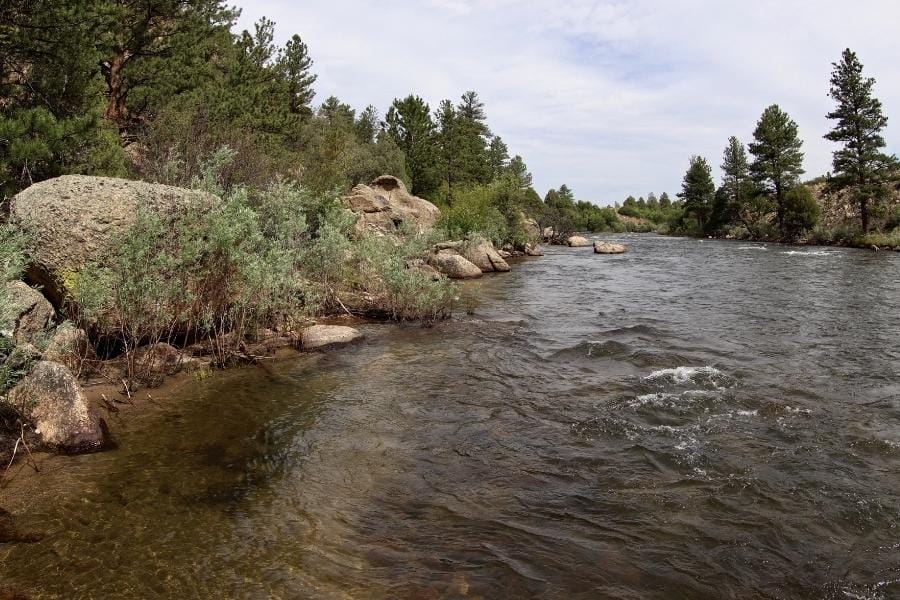
The Ouachita River is an important geographical feature with a rich history and a diverse ecological environment. It’s 605 miles long and flows south through Arkansas and Louisiana.
In Louisiana, it goes through ancient land that was once home to prehistoric animals. It provides a peaceful background to the state’s natural beauty and wildlife.
The name of the river, Ouachita, comes from the name of a Native American tribe. The name also means “big hunt,” which fits the river well.
The Ouachita River is a great place to find fossils because it has sedimentary layers formed over millions of years.
These layers of rock record the history of life from different geological times. With its fast flow, the river can erode the land around it, revealing layers of earth that haven’t been touched in a very long time.
Where and what to find fossils at Ouachita River
The river’s banks and surrounding areas may yield fossils of terrestrial flora and fauna, including petrified wood from ancient forests, giving insight into the environmental conditions of prehistoric Louisiana.
Red River
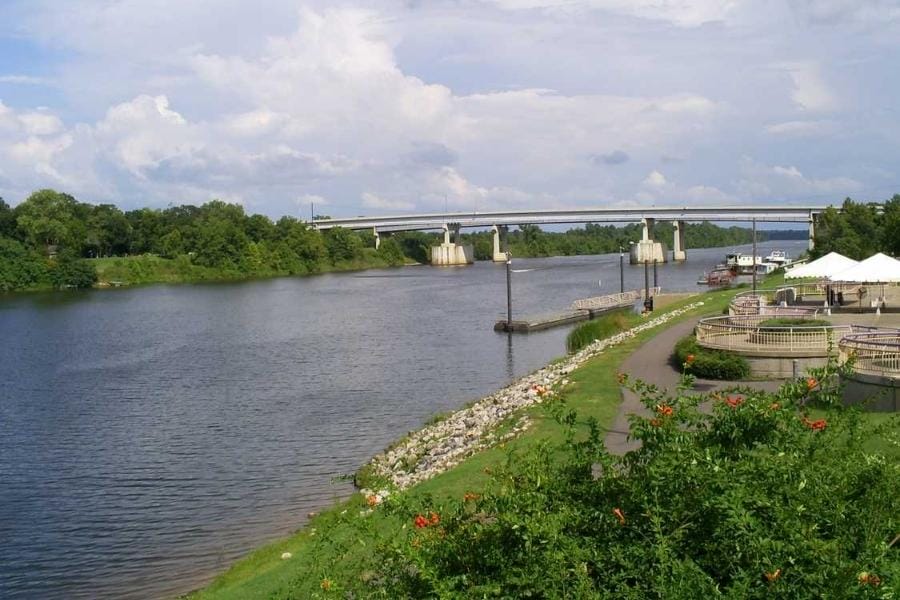
The Red River is one of the most important rivers that flows into the Mississippi. It starts in Texas and goes through Arkansas before crossing Louisiana and joining the Atchafalaya and Mississippi Rivers.
It’s a historical waterway that runs for about 1,290 miles and has been an important way to travel and the lifeblood of many civilizations. Its name comes from the color of its water, which is red because it carries rich sedimentary soils along its path.
The Red River in Louisiana is a treasure trove for people interested in fossils. Its banks and the land around them are covered with layers of sediment from different times in geological history.
Where and what to find fossils at the Red River
Marine fossils here may include mollusks and different seashells from long ago when this area was under a warm, shallow sea.
Petrified wood is a sign of old forests, and even Pleistocene animals like mammoths and mastodons may be found in places where erosion has exposed older layers.
Rocky Creek
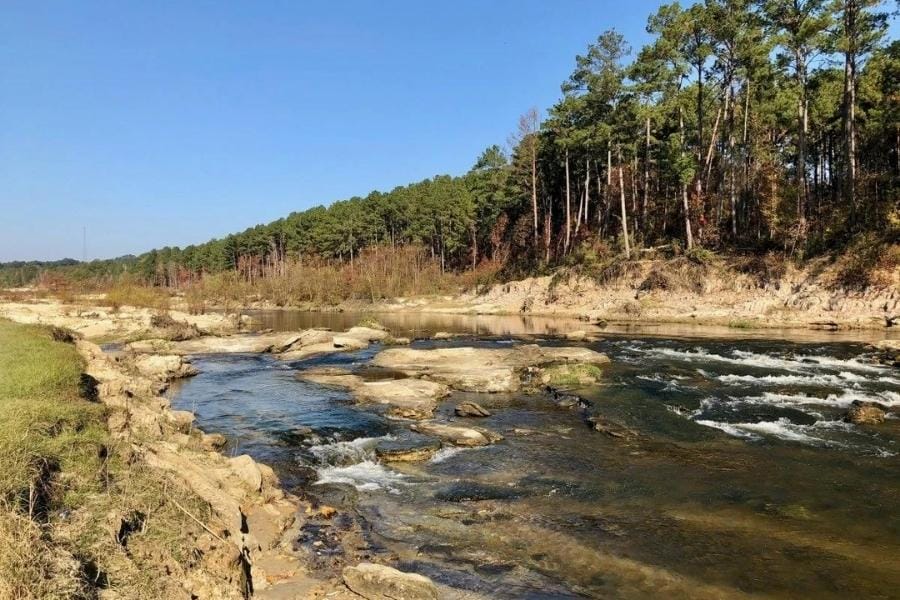
Rocky Creek in Louisiana is a hidden gem for people who love the outdoors and like collecting fossils.
Like many others in the southern US, this creek flows through areas that have changed a lot over millions of years due to geological forces.
The history of the Rocky Creek area goes back to when the Gulf of Mexico covered a lot of Louisiana, creating marine environments that were home to many kinds of life.
Rocky Creek is great for fossil hunters because it has easy access to many sedimentary layers. You can see into the far past through these deposits, complete of fossilized remains from as far back as the Cretaceous period.
Where and what to find fossils at Rocky Creek
You might find fossilized shark teeth here, which show that this area used to be underwater and had lots of marine life.
You can also often find different kinds of petrified wood, which gives you a picture of the prehistoric forests that used to be in the Louisiana area.
Other Top Places To Find Louisiana Fossils By Region
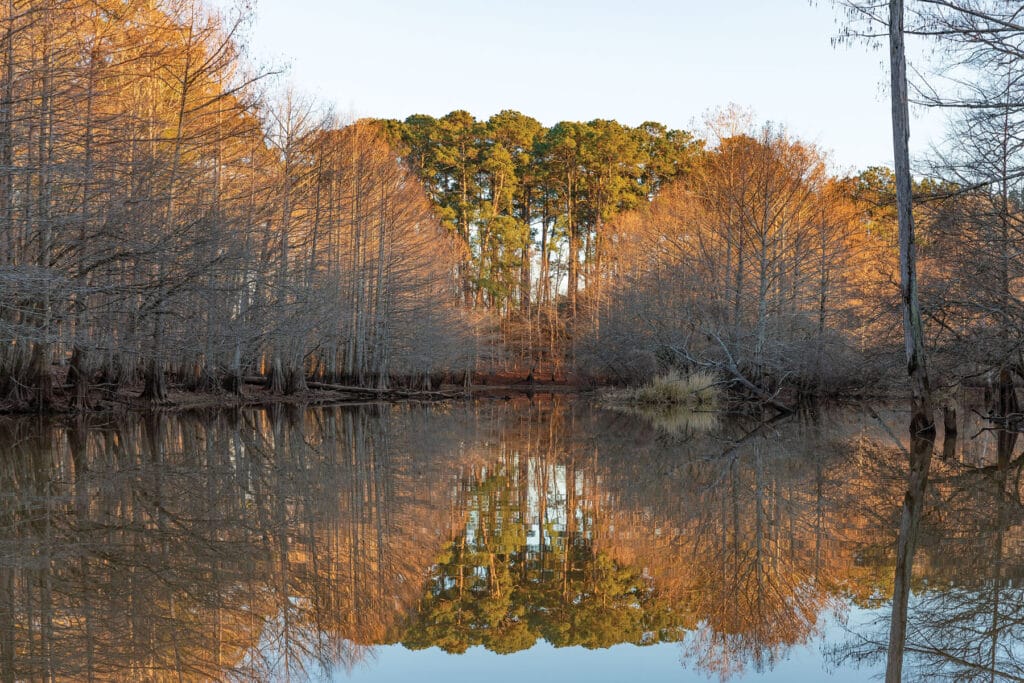
We’ll talk about more great fossil-finding spots after we tell you where to find the best fossils in Louisiana. We made this list of places to help you.
| Location | Fossils |
| Gibson’s Landinf, Caldwell County | Zueglodon, shells |
| Shell creek, Caldwell County | Dentalium, Ostrea, Pecten, Arca, Byssoarca, Pectunculus, Crassatella, Meretrix, Balanophyllia, Orbitoides, etc. |
| Creole Bluff, Grant County | Abundant mollusks |
| Shaft Hill, Iberia County | Poorly preserved Ostrea, Scapharca, Gnathodon, Dosinia, Cardium, Corbula, Mactra, Lucina, Venus, Semele, Fulgur |
| Remy Creek, Natchitoches County | Plant fossils |
| Tar River, Sabine County | Venericardia |
Common Questions About Fossil Hunting In Louisiana
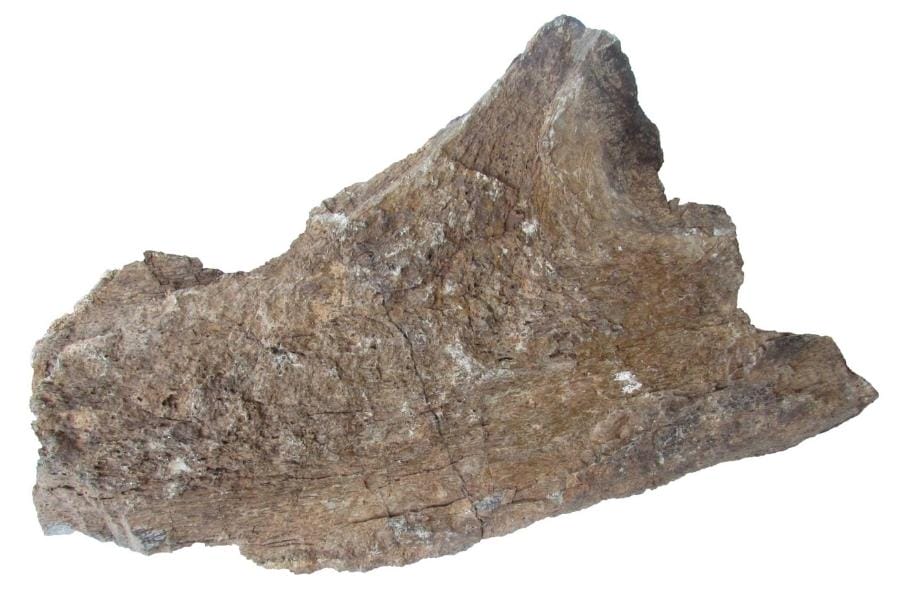
Many people who go to Louisiana to look for fossils ask these things. You need to know the answers.
Can you find megalodon teeth or shark teeth in Louisiana?
Yes, you can find shark teeth in Louisiana. You can even find megalodon teeth from a long time ago, especially in places that were covered by seas in the past.
In the state’s geological history, there were times when large parts of the land were underwater. This created an environment suitable for many marine animals, including sharks.
Megalodon teeth have been found worldwide, and the fact that they are found in Louisiana’s fossil record fits with the state’s history as a marine area. Ashes that used to be on the ocean floor are often where these teeth can be found.
Is it illegal to collect fossils in Louisiana?
If you want to collect fossils in Louisiana, it depends on where and what kind of land you are on.
Without a scientific research permit, it’s usually against the law to collect fossils of vertebrates on federal land. You might be able to collect common invertebrate and plant fossils for your use on some federal lands, but you should check the rules for that land.
States have different rules, but you need permits to collect fossils from state parks. If the landowner gives you clear permission, you can collect fossils on private property.
You can learn more about collecting in Louisiana by reviewing the new rules.
Can you find dinosaur bones in Louisiana?
There are several geological reasons why it is very unlikely that you will find dinosaur bones in Louisiana. The Mississippi River’s sedimentary deposits comprise most of Louisiana’s surface geology.
This means most of the land is covered with sediments younger than the dinosaurs. The Cenozoic era began about 66 million years ago, after the dinosaurs died out. These sediments are from that time.
Our Favorite Places To Buy Fossils In Louisiana

You don’t have to dig for hours to find these old treasures. You can go to one of our rock shops in the state. You can get rocks from these places:
- Cajun Classic Rocks & Minerals – 142 Laura Dr suite f, Thibodaux, LA 70301, United States
- Coyote Moon Crystals & Gifts – 257 Lee Dr Suite S, Baton Rouge, LA 70808, United States
- The Grass & Rock Shoppe – 1800 E Milton Ave, Lafayette, LA 70508, United States
- Heaven on Earth Rock Shop – 108 Rena Dr, Lafayette, LA 70503, United States
- Nola Rock Co. – 1214 Decatur St, New Orleans, LA 70116, United States

